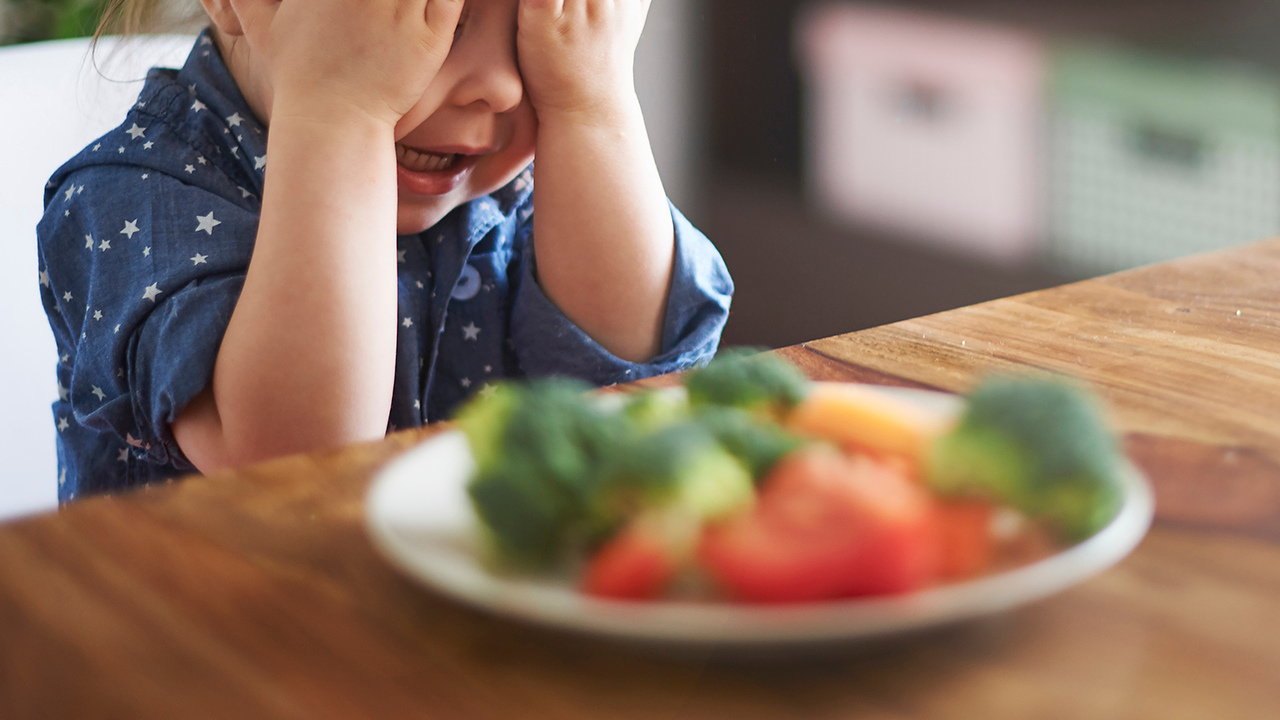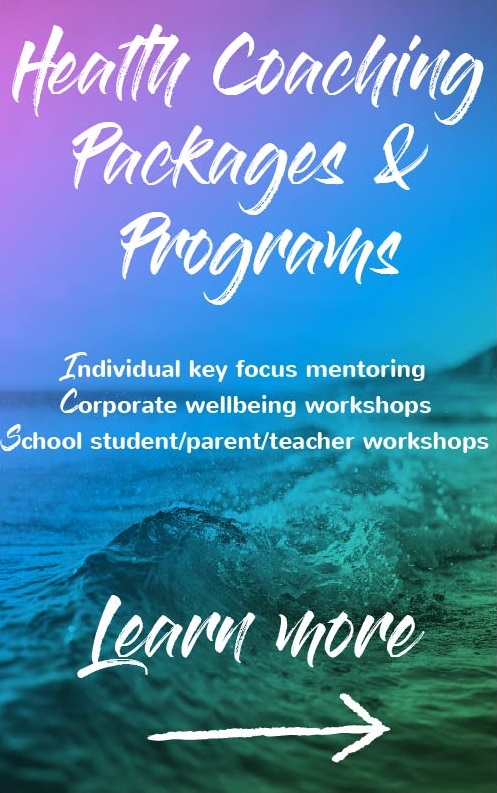Well, it’s no surprise that parents find it challenging to know what the correct choices are to feed their child/children. With so many confusing and conflicting messages about what and how, (not to mention being faced with endless varieties of packaged foods that lure us with a ‘five a day” or “100% fruit”)is it really something we should be taking on board?
Then, of course, is the school of thought: “If they don’t eat what’s on offer, they don’t get offered anything else, and they’re not going to starve.”
Parents readily admit to caving into their toddler’s demands or control over food simply because they want them to eat something, or not wake in the night hungry or be grumpy later on. I understand and sympathise with this dilemma and at times struggled with my conscience over mealtimes myself.
Some issues can’t simply be resolved with a quick fix rule. A child surviving on bread and yoghurt due to severe reflux can suffer real anxiety when faced with new or different foods and this needs to be approached with sensitivity by offering opportunities to explore and experiment (messy play is great!) with food that doesn’t involve the pressure to eat it. After all, if your child has never seen “you” eat an orange and is also not willing to help “you” peel and squash one, they’re not very likely to want to put it in their mouth!
It’s important to involve your child in food and mealtime preparation and making it fun so that they become more familiar with new foods that are going to be later presented on their plate. So how do we address the balance and make sure we are all providing the next generation with the foundations for a healthy balanced life?
10 Tips in Helping Your Children Feel Positive Around Vegetables
- Don’t force a child to eat a meal that they don’t like. This will make them like it even less! Instead, take the time to talk about and explore the components of the meal away from the table.
- Prepare a child for what’s to come on their plate. Children are suspicious if they don’t know what they’re eating; even if they are told how good it is for them.
- Never ask a child to eat, try or taste anything. Get them to explore the food by asking them to kiss, lick or crunch it instead. You are not tricking your child, merely asking them to engage with food in a more interesting way. If you ask your children who can do the loudest crunch in their celery they are more likely to bite it and see, than if you say “here try some celery it’s really good for you!”
- Involve a child in the whole process. Take them shopping and touch the produce and explain where it comes from.
- Let them help you cook and be really involved.
- Get a little messy. Let them squash a tomato or squeeze an orange while you are cooking.
- A good way to explore vegetables that are disliked is to explore the raw and cooked. Many children do not enjoy the pungent smell of cauliflower, especially if overcooked, but small crunchy raw florets with hummus or a dip are delicious and very palatable.
- If you’re weaning your baby, a baby’s taste buds develop and change at an alarming rate and are most receptive between the ages of 7 and 12 months. Keeping a baby’s food bland for too long can result in shocked reactions to stronger flavours.
- For children over three years introduce reward charts for enjoying five a day. Younger children will enjoy an immediate reward of a sticker on their top for participating. You can download a free chart from the Taste for Life website www.tasteforlifenursery.com
10. CHILDREN AND BABIES ARE GREAT IMITATORS, SO SET A GOOD EXAMPLE





